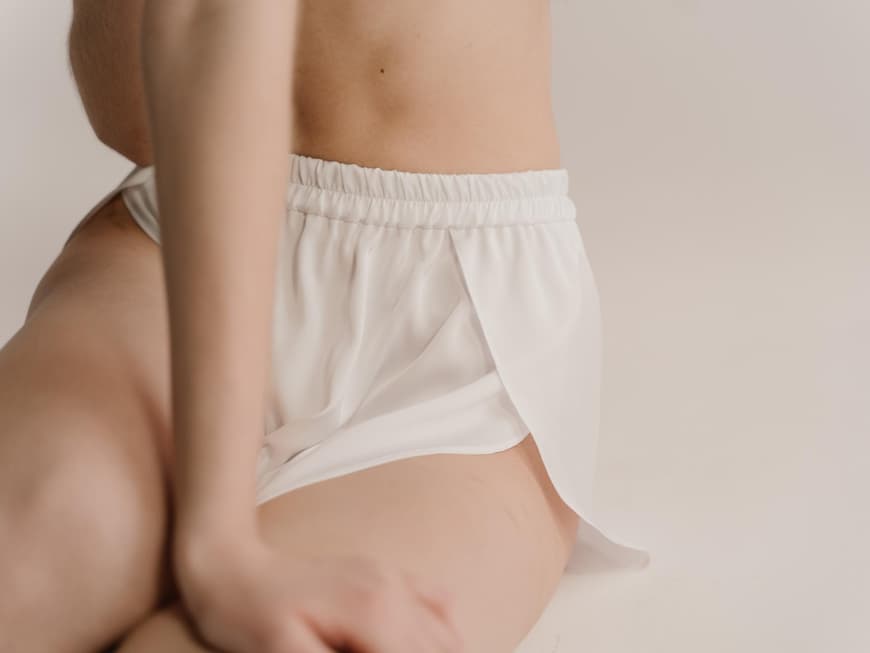
The condition occurs predominantly on the hips and thighs, with the rest of the affected body remaining normal in size. For this reason, the term 'riding pants phenomenon' is also used. Not only does lipoedema lead to unpleasant pain, the visual impairment often also causes psychological problems. As it is often accompanied by obesity, the combination of all these factors places an additional burden on those affected.
Recognizing lipoedema correctly
Symptomatic of lipoedema is a symmetrical increase in fat with spongy features. The affected connective tissue is extremely soft and there is also a pronounced orange peel effect in the affected regions. Neither hands and fingers nor feet and toes are affected. If the legs show an extreme increase in fat, it ends before the ankles. In the very advanced stage, the excess fatty tissue hangs over the ankle and considerably restricts freedom of movement.
Generally, the affected individuals experience noticeable discomfort, which worsens after long periods of standing and sitting as well as in the evening after work. The areas are also extremely sensitive to pressure and heavy touch, which can quickly lead to bruising. Due to the retention of too much fluid, the body parts feel much heavier and look swollen. There is also a feeling of tension and the sensation that the area is full to bursting. If you want to find out more about this topic, the Internet offers helpful information.
Causes of lipoedema
The specific causes for the development of lipoedema are not fully understood. However, most women suffer from it, so it is obvious that female hormones are responsible. In addition, the fat distribution disorder often occurs during times of hormonal changes, particularly puberty and pregnancy. In contrast, lipoedema is rather rare during or after the menopause. In addition, female adipose tissue is structured differently to the male equivalent, which explains the increased susceptibility of the female population.
In contrast, lipoedema in men usually occurs in combination with other conditions such as testosterone deficiency and liver damage. In addition, treatments for prostate cancer can have negative effects on the male hormone balance. Furthermore, certain genetic predispositions promote an outbreak of the fat distribution disorder, as lipoedema appears to be inherited.
Other problems caused by lipoedema
Due to the fat riding breeches, those affected feel uncomfortable when walking as the thighs rub against each other. This causes the skin on the inside of the legs to chafe. In addition, the increased weight gain on the limbs can lead to serious misalignment of the joints. This can even lead to serious osteoarthritis. Basically, the quality of life is severely restricted by the fat distribution disorder. The abnormally deformed proportions are not only unpleasant, but also lead to discomfort and dissatisfaction with one's own appearance.
Treatment of lipoedema
The causes of lipoedema cannot be treated, but the symptoms can be alleviated in the long term. However, exercise and a healthy diet only help to a limited extent. Complex physical therapies for decongestion can be used to significantly reduce the accumulation of fat. Manual lymph drainage and physiotherapy can also provide relief, as can wearing compression stockings. It is important to carry out these measures regularly in order to see the first results. For this reason, patients are responsible and must make a decisive contribution to the implementation of the treatment.

